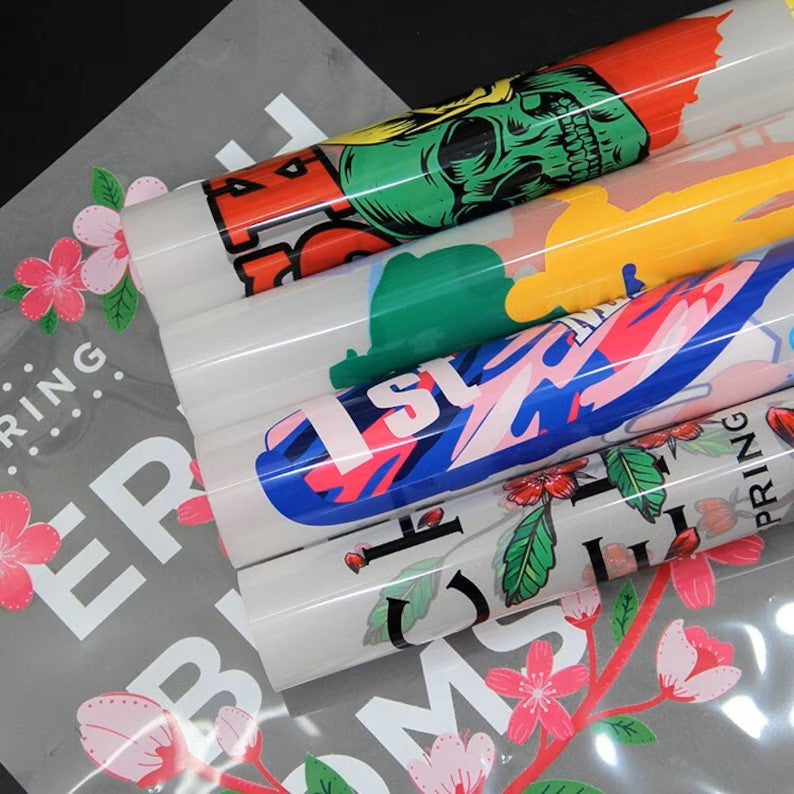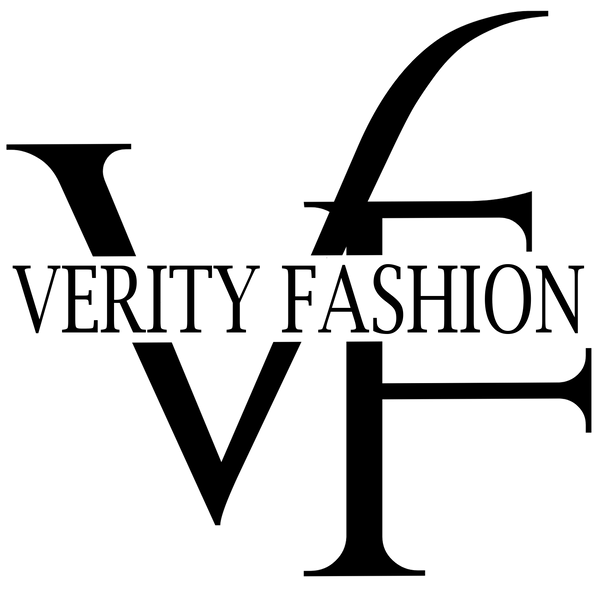
Benefits of DTF Printing
Share
Unlocking Efficiency and Quality: The Advantages of DTF (Direct to Film) Printing
In the dynamic world of textile customization, Direct to Film (DTF) printing stands out as a superior technology that not only enhances the quality of prints but also streamlines the production process. This advanced method offers a multitude of benefits over traditional techniques like vinyl transfers, particularly in terms of speed, ease of use, and design versatility. In this blog post, we'll explore the key benefits of DTF printing and why it’s increasingly favored in the apparel industry.
1. High-Speed Production
One of the most significant advantages of DTF printing is its speed of transfer. Unlike vinyl printing, which requires extensive weeding and manual preparation, DTF prints can be prepared in bulk and transferred en masse to various garments. This streamlined process significantly reduces turnaround times, making it ideal for businesses that need to fulfill large orders quickly. The ability to rapidly produce high-quality prints allows businesses to respond more effectively to market demands and customer needs.
2. No Weeding Necessary
Vinyl transfers often involve a tedious weeding process, where excess vinyl must be manually removed from each design before application. This is not only time-consuming but can also lead to inconsistencies and potential errors in the final product. DTF printing eliminates the need for weeding entirely. Designs are printed onto a clear film and then transferred directly onto the fabric, ensuring a clean, precise, and consistent application every time.
3. Superior Print Quality
DTF printing is renowned for its exceptional print quality. The technology allows for detailed and vibrant designs with excellent color fidelity. The resolution and clarity achieved with DTF are far superior to many traditional methods, making it perfect for intricate graphics and high-definition images. This makes DTF an excellent choice for projects that require detailed logos, complex patterns, or photo-realistic prints.
4. Versatility Across Fabrics
DTF excels in its ability to adhere to a wide variety of fabric types. From cotton and polyester to more challenging materials like nylon and silk, DTF prints maintain high quality and durability across different textiles. This versatility is a significant upgrade over vinyl, which can sometimes struggle with adhesion on more slick or textured materials.
5. Durability and Longevity
DTF prints are not only visually striking but also highly durable. The inks and film used create a bond that is more resistant to washing and wear than traditional vinyl. This durability ensures that garments maintain their visual appeal over time, making DTF an excellent option for apparel that requires frequent washing or heavy use, such as sportswear or work uniforms.
6. Cost-Effectiveness for Varied Order Sizes
The setup for DTF printing is relatively minimal compared to techniques that require extensive manual labor like vinyl cutting and weeding. This efficiency translates into cost savings, especially for small to medium-sized orders where the high setup time and labor costs of vinyl can be prohibitive. DTF allows for economical scaling, whether you're producing a single piece or a thousand, without significant additional costs.
7. Eco-Friendly Printing Solution
DTF is considered a more sustainable printing option. The inks used are typically more eco-friendly, and the process generates less waste compared to vinyl, which produces significant offcuts during weeding. By minimizing waste and using safer inks, DTF supports more sustainable production practices, aligning with the growing consumer demand for environmentally responsible products.
Conclusion
Direct to Film (DTF) printing is revolutionizing the apparel customization industry by offering a faster, more efficient, and higher quality alternative to traditional methods like vinyl transfers. With its ability to eliminate time-consuming weeding, produce vibrant and detailed designs on a variety of fabrics, and ensure durability and cost-effectiveness, DTF is setting a new standard in textile printing. For businesses looking to enhance their production capabilities and offer superior products to their customers, DTF printing is undoubtedly a technology worth investing in.
In the dynamic world of textile customization, Direct to Film (DTF) printing stands out as a superior technology that not only enhances the quality of prints but also streamlines the production process. This advanced method offers a multitude of benefits over traditional techniques like vinyl transfers, particularly in terms of speed, ease of use, and design versatility. In this blog post, we'll explore the key benefits of DTF printing and why it’s increasingly favored in the apparel industry.
1. High-Speed Production
One of the most significant advantages of DTF printing is its speed of transfer. Unlike vinyl printing, which requires extensive weeding and manual preparation, DTF prints can be prepared in bulk and transferred en masse to various garments. This streamlined process significantly reduces turnaround times, making it ideal for businesses that need to fulfill large orders quickly. The ability to rapidly produce high-quality prints allows businesses to respond more effectively to market demands and customer needs.
2. No Weeding Necessary
Vinyl transfers often involve a tedious weeding process, where excess vinyl must be manually removed from each design before application. This is not only time-consuming but can also lead to inconsistencies and potential errors in the final product. DTF printing eliminates the need for weeding entirely. Designs are printed onto a clear film and then transferred directly onto the fabric, ensuring a clean, precise, and consistent application every time.
3. Superior Print Quality
DTF printing is renowned for its exceptional print quality. The technology allows for detailed and vibrant designs with excellent color fidelity. The resolution and clarity achieved with DTF are far superior to many traditional methods, making it perfect for intricate graphics and high-definition images. This makes DTF an excellent choice for projects that require detailed logos, complex patterns, or photo-realistic prints.
4. Versatility Across Fabrics
DTF excels in its ability to adhere to a wide variety of fabric types. From cotton and polyester to more challenging materials like nylon and silk, DTF prints maintain high quality and durability across different textiles. This versatility is a significant upgrade over vinyl, which can sometimes struggle with adhesion on more slick or textured materials.
5. Durability and Longevity
DTF prints are not only visually striking but also highly durable. The inks and film used create a bond that is more resistant to washing and wear than traditional vinyl. This durability ensures that garments maintain their visual appeal over time, making DTF an excellent option for apparel that requires frequent washing or heavy use, such as sportswear or work uniforms.
6. Cost-Effectiveness for Varied Order Sizes
The setup for DTF printing is relatively minimal compared to techniques that require extensive manual labor like vinyl cutting and weeding. This efficiency translates into cost savings, especially for small to medium-sized orders where the high setup time and labor costs of vinyl can be prohibitive. DTF allows for economical scaling, whether you're producing a single piece or a thousand, without significant additional costs.
7. Eco-Friendly Printing Solution
DTF is considered a more sustainable printing option. The inks used are typically more eco-friendly, and the process generates less waste compared to vinyl, which produces significant offcuts during weeding. By minimizing waste and using safer inks, DTF supports more sustainable production practices, aligning with the growing consumer demand for environmentally responsible products.
Conclusion
Direct to Film (DTF) printing is revolutionizing the apparel customization industry by offering a faster, more efficient, and higher quality alternative to traditional methods like vinyl transfers. With its ability to eliminate time-consuming weeding, produce vibrant and detailed designs on a variety of fabrics, and ensure durability and cost-effectiveness, DTF is setting a new standard in textile printing. For businesses looking to enhance their production capabilities and offer superior products to their customers, DTF printing is undoubtedly a technology worth investing in.

1 comment
Hi there
Can you please provide more information on getting 16 iron prints produced
Thank you